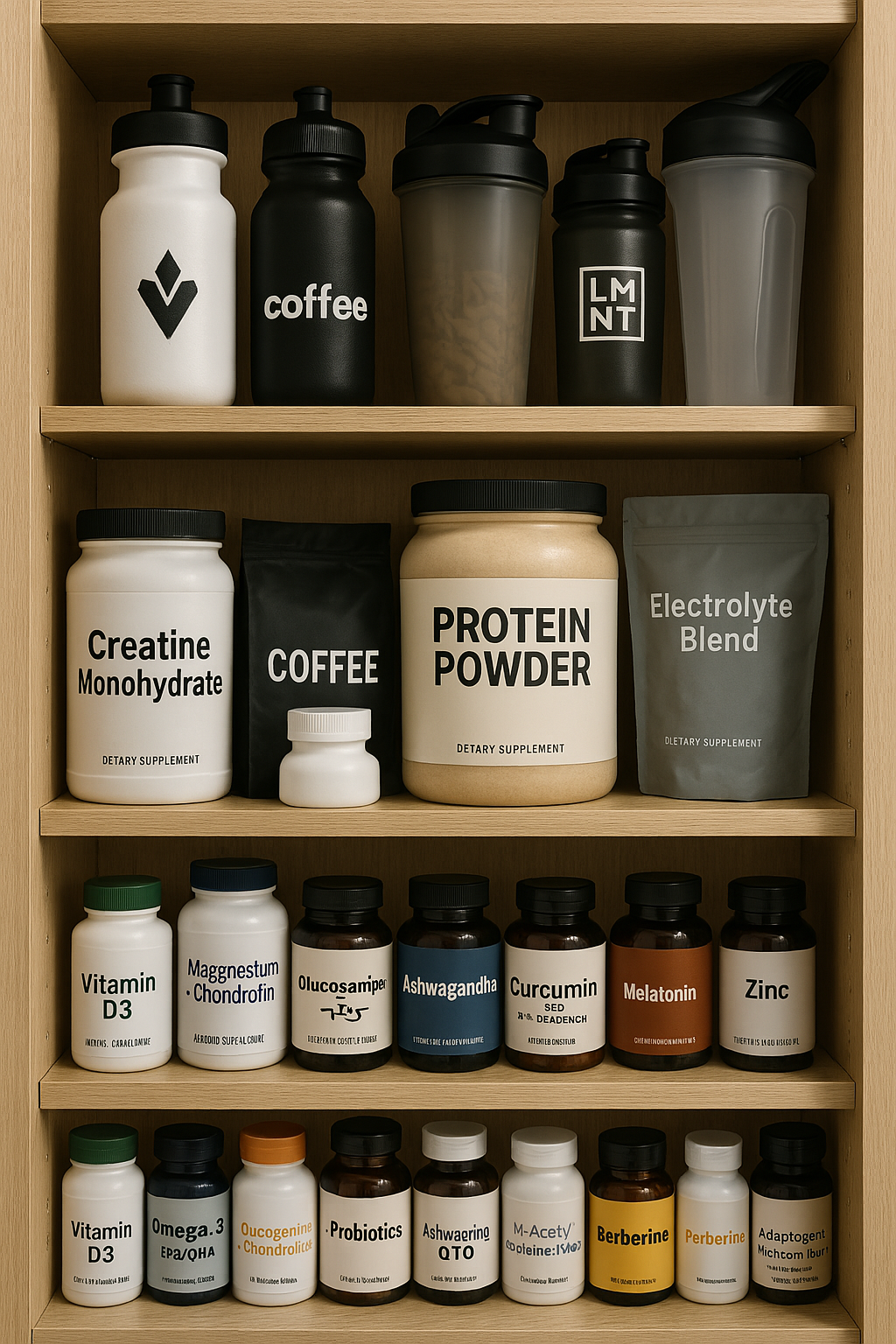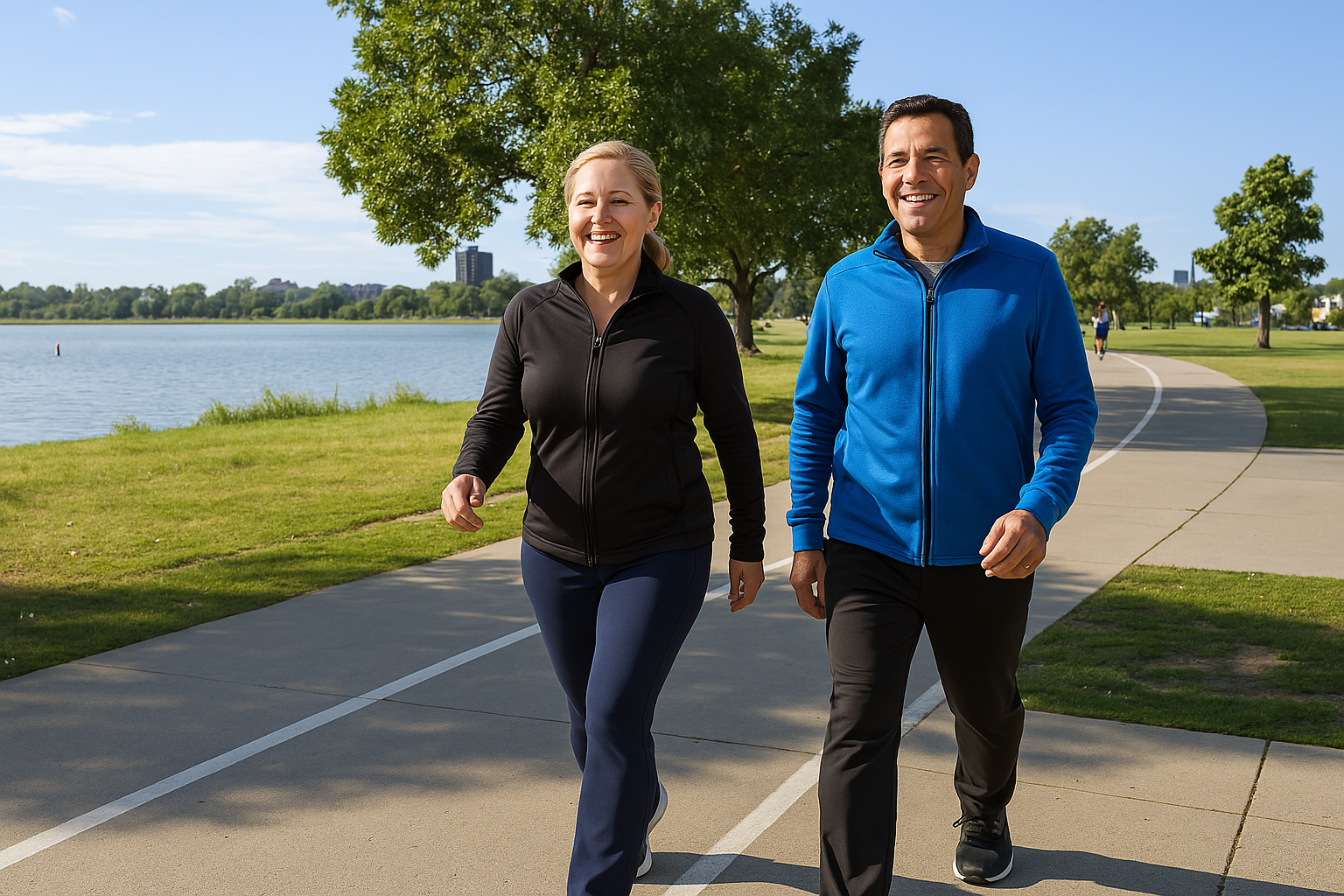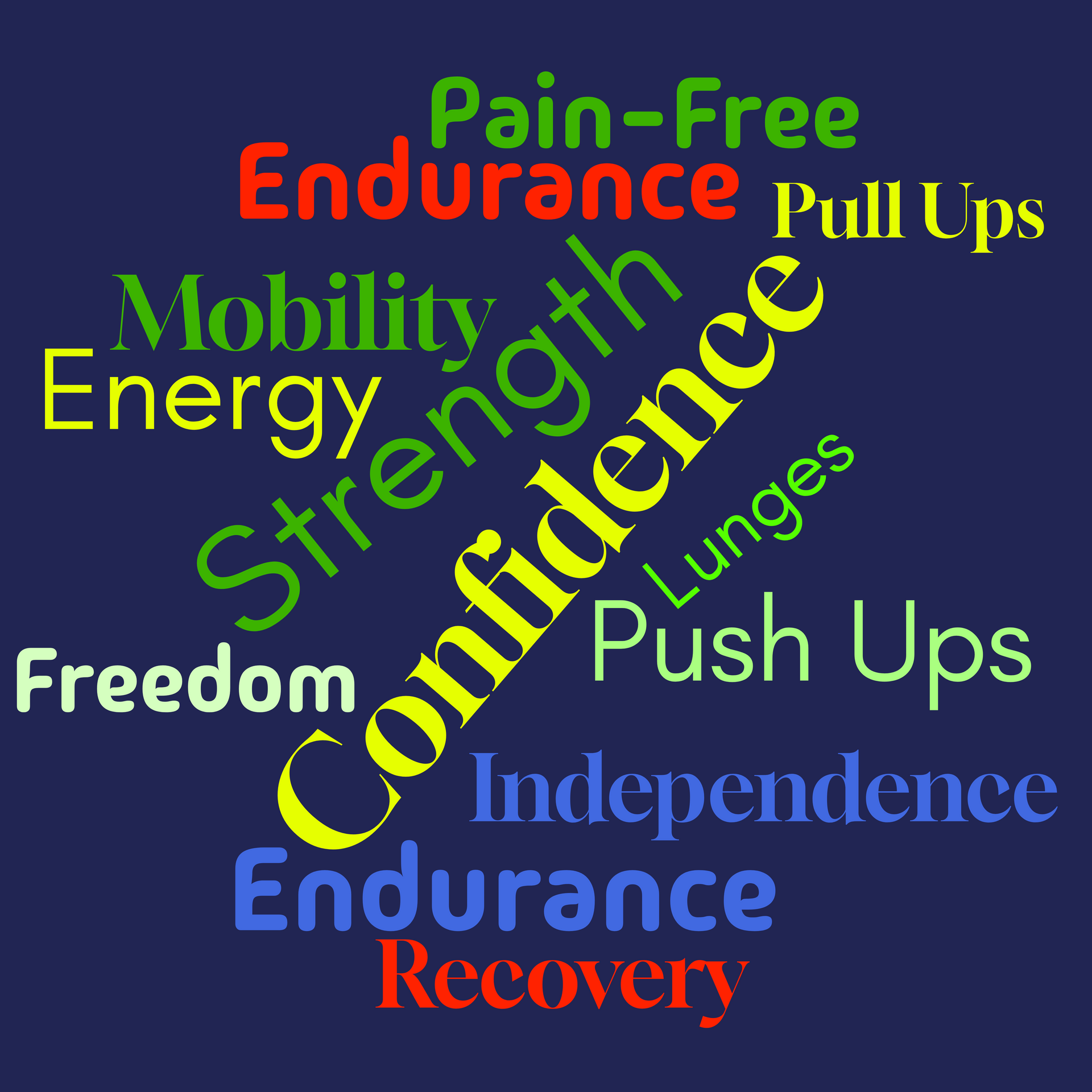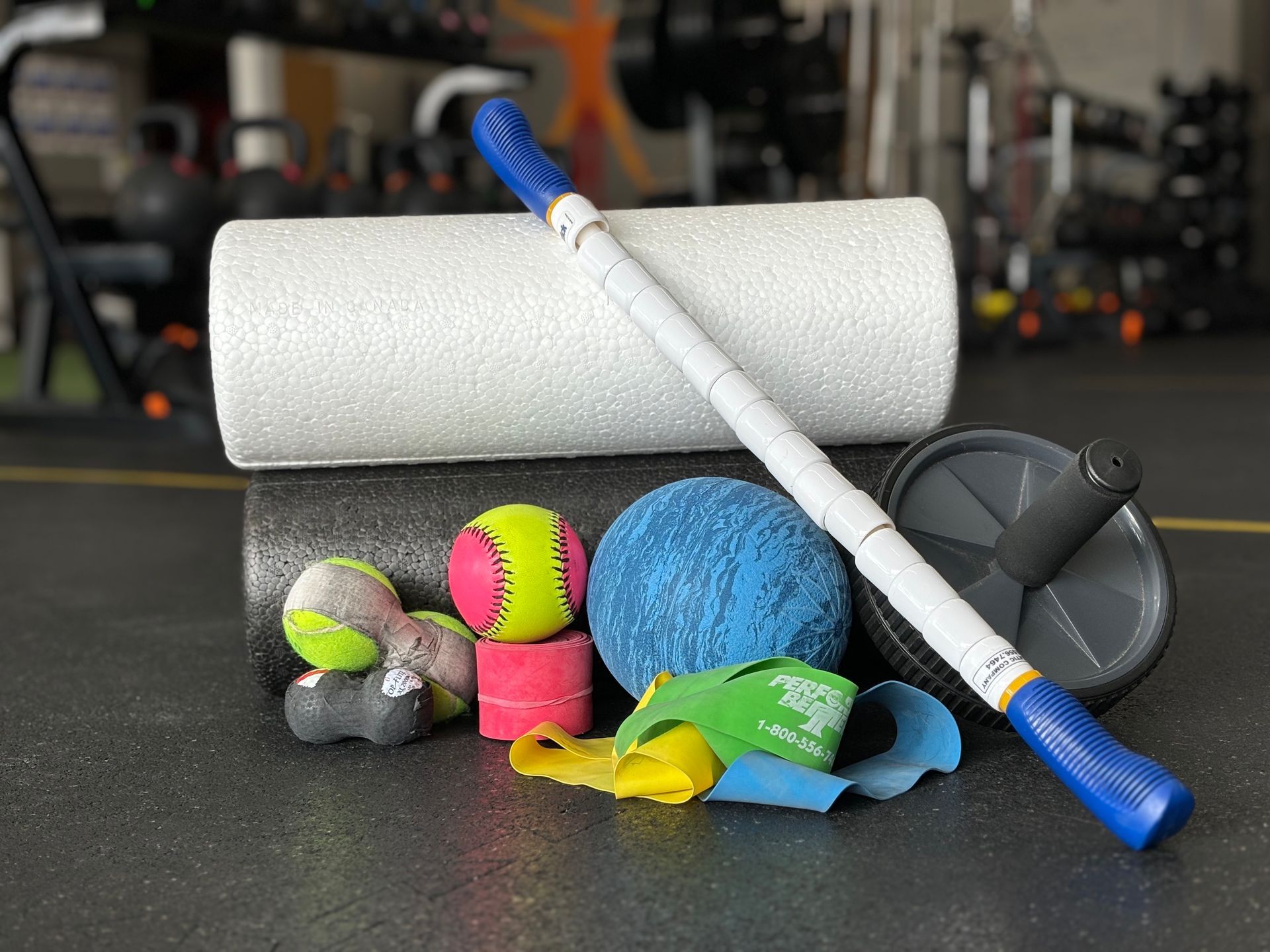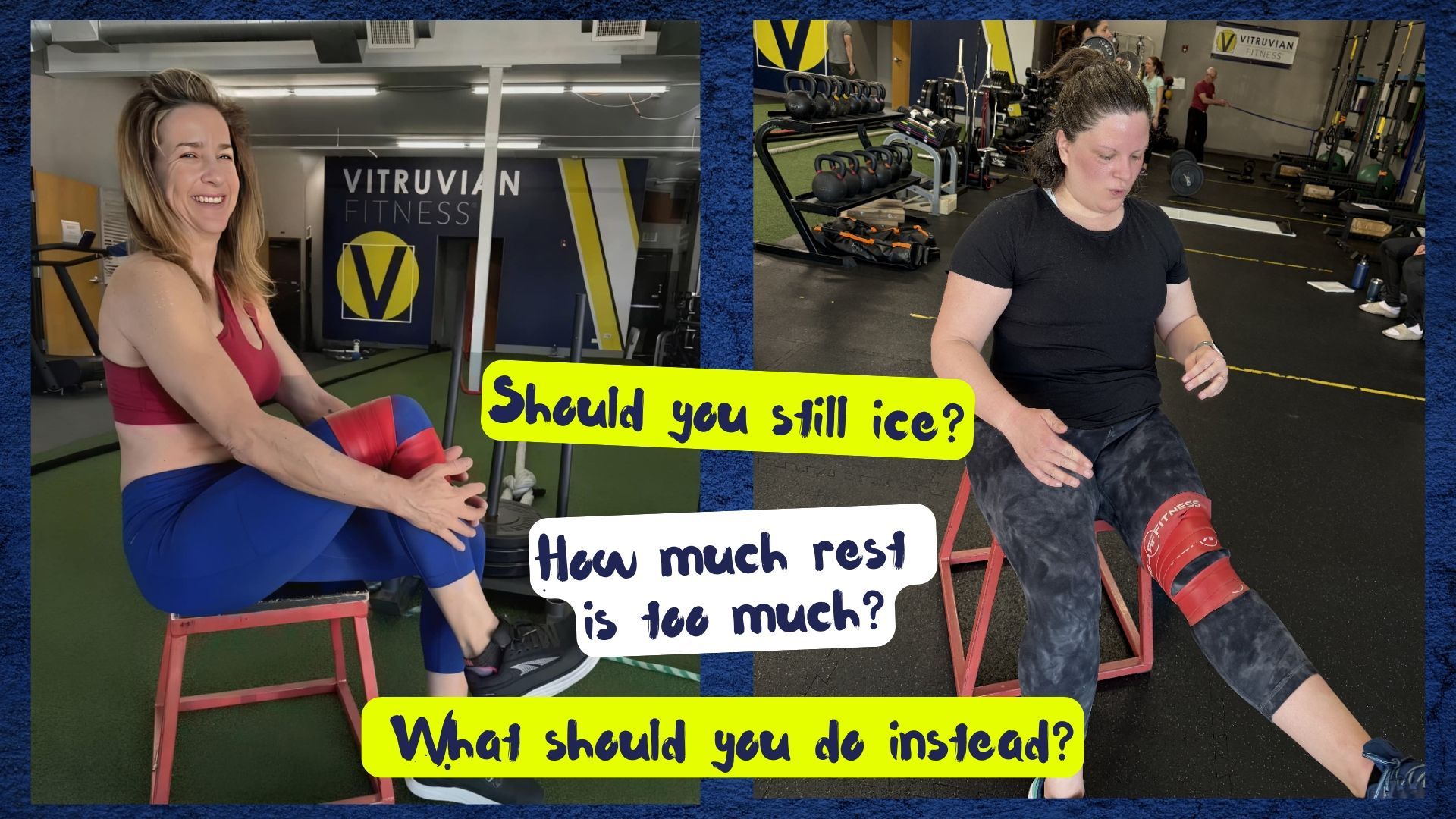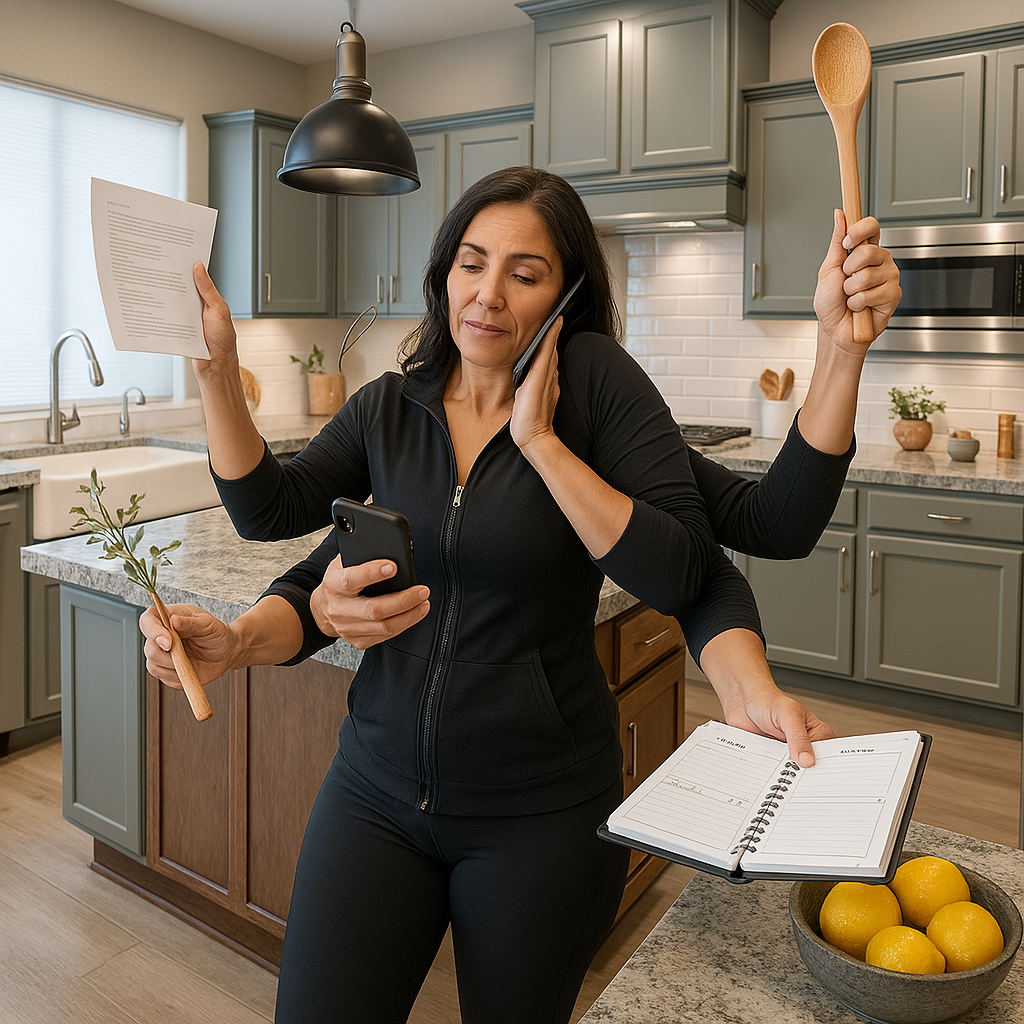Get off the bike to get better on the bike
If you are completely satisfied with your cycling performance, you don’t need to read this article.
But if you find yourself doing the same thing over and over again expecting different results and not getting them, then maybe it’s time to try something different.
The Pledge
Every winter and spring, so many cyclists I know, including myself, make some type of pledge to make the upcoming cycling season more epic than ever before. Ride faster, farther, more often, do a multi-day tour . . . whatever it is – we’ve all done it. Maybe this is your year to do the Triple Bypass? Outstanding.
But what have you really done about it? Often, what I hear from cyclists is they intend to get in more “base miles,” commit to additional mid-week rides, or get a Peloton! Maybe you signed up for Zwift or Systm (formerly Sufferfest) or set up the bike on the trainer and watch Breaking Away and American Flyers over and over.
Getting in extra time on the bike is never a bad thing. Unless extra time on the bike isn’t actually helping you get better.
Ride Less?
Here is why I think you should spend more time off the bike in your off-season and more time in the gym. Like golfers, you could always spend gobs of money on upgraded equipment.
- You can get a new bike with a stiffer, lighter, and more responsive frame.
- You probably need to upgrade your components – Ultegra just won't do any longer.
- You can get lighter and stiffer carbon fiber cycling shoes.
- Tune your bike, true your wheels, pump up your tires (maybe go tubeless!), lube the drivetrain, keep the shifters shifting and the brakes braking.
Why wouldn't you spend an equal or greater amount of time on the motor? (That's you.)
Here's the point and my main assertion: functionally stronger bodies (core, glutes, legs, back, shoulders, and more) might get you far greater performance gains than spending a fortune on bike upgrades.
No matter when you decide to dedicate some time working on your off-the-bike fitness, there is always something you can improve. It's just a matter of prioritizing your needs and getting started.
For cycling, the number one goal and biggest improvement you can make is to improve your body composition. Identify a
healthy lean body mass goal and create a
healthy strategy to improve that.
Core Coordination
Beyond body composition, we have found that improving the way you organize and coordinate your core is the next best thing to focus on. Regardless of how strong your legs may be, they can only put as much power into the pedals as they have support from the core above.
If your core is weak, uncoordinated, and disorganized, you’re losing energy. It's like trying to drive in the snow – without your tires making solid contact with dry ground, it doesn't matter what your functional threshold power is.
So, what do we mean? Core stability isn’t just about being able to hold a plank for a few minutes or do a lot of crunches. Instead, core coordination is the ability to dynamically stabilize your torso so it provides a solid base of support while your legs do the job you've trained them to do. In other words, when your legs are pumping and your heart is thumping, your trunk is providing a solid base of support that gives you something to push against.
How do we get there?
One of our assessment tools is the Functional Movement Screen. With this we can identify weak links in your kinetic chain and improve your performance by strengthening those links and getting them to work better together. As an example, if we observe that your low back goes into flexion while moving one leg into extension, that's a dysfunctional movement pattern that suggests you have an energy leak and possibly a future injury to your low back. Correcting that is simply a matter of selecting an exercise that's simple enough to repeat enough times that straightening your leg without arching your back becomes second nature.
Another insight comes from understanding how your core moves (or doesn't) and how it contributes to performance. Much of the core-specific work we do involves creating stiffness (like planking) while perturbing that stiffness with movements at the extremities (like deadlifts or kettlebell swings). Deadlifts are a super example because they require a high level of coordination between a naturally neutral spine held in place with a super stiff torso while lifting a load held in the hands from the floor using your glutes and hamstrings as the primary movers.
Of course, we don't start everyone off with deadlifting and kettlebell swings. But they will definitely find their way into your programming when the time is right.
The big picture.
The point of all this is to ride farther, faster, more often, and with greater satisfaction.
Getting a new bike, tricking it out with upgrades, and riding more are all awesome. Making upgrades to your bike's motor is also awesome and might just be the difference in a whole new set of achievements, QOMs/KOMs on Strava, and maybe even a podium.
To learn more, schedule a call or sign up for the 30-Day Trial Membership! We'd love to be part of your best cycling season ever.
You might also enjoy these posts . . .
